Kanazawa, Japan
April 9-12, 2017
A ride on the bullet train to Nagoya and then an express train to Kanazawa and we arrived at our third destination. One of the fastest trains in the world, the shinkansen travels at up to 200 mph. and it does have a bit of a “rocket ship” appearance! The train system in Japan is absolutely precise; people queue up at an assigned spot, the train stops and the door opens just where it’s supposed to; it’s all very civilized and respectful, in contrast to some other train systems I’ve traveled on. Most of us ate eki-ben lunches on the train; a packed “take-away” prepared lunch box coming with a varied selection of food and, of course, a set of chop sticks!
After traveling through rolling countryside, dotted with cherry blossom trees, villages, and fields, we arrived in Kanazawa. Located between the mountains and the sea, it was, thus, protected from the outside world for quite some time, supporting itself with an ample rice yield. Under the rule of the Maeda lords from the 16th -18th centuries, Kanazawa became the richest spot in the land and has been a cultural center since that time. Artists would come from Kyoto and develop new vibrant styles as there was a less restrictive atmosphere in Kanazawa and, because it always focused on culture, rather than on industry, the city escaped bombing during World War II.
The Kenroku-en Garden, centrally located in the city, is one of Japan’s great three gardens” and is quite a treat. Opened to the public in 1871, it means “Garden of Six Qualities” - spaciousness, seclusion, air of antiquity, ingenuity, flowing water, and views. Walking throughout, I could not help but feel the magic. There’s simply something about Japanese gardens that infuses one with a sense of peace and tranquility.
Kanazawa Castle
(one of the largest in feudal Japan - almost entirely destroyed by fire in 1881 - an exquisite display of cherry blossoms)
Some of us chose to go up into the snow-covered mountains to visit the villages of Shiragawa and Gokayama. A chilly, rainy day only added to the mystique of these relatively isolated spots in the countryside. These villages, because they were isolated and under deep snow from December to March, became a place of refuge and, until the 1970’s, most families produced silk, raising the silkworms in their steeply angled thatched roof homes. These gassho-zukuri houses are built without nails and of a particular construction so that the roofs can withstand the intense heavy snow and rain of the winter months.
Our stay in Kanazawa ended with meeting local families for tea; an opportunity to talk informally and have a glimpse of Japanese life...and what better place to do this than in someone’s home…













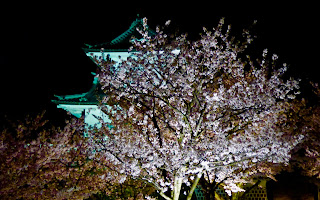

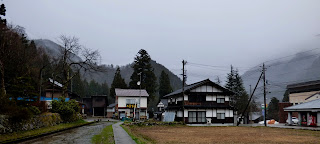

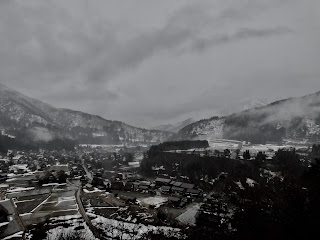
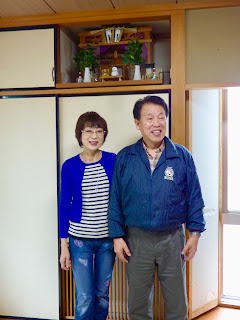


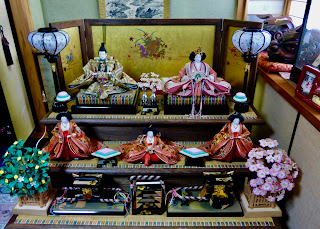

No comments:
Post a Comment